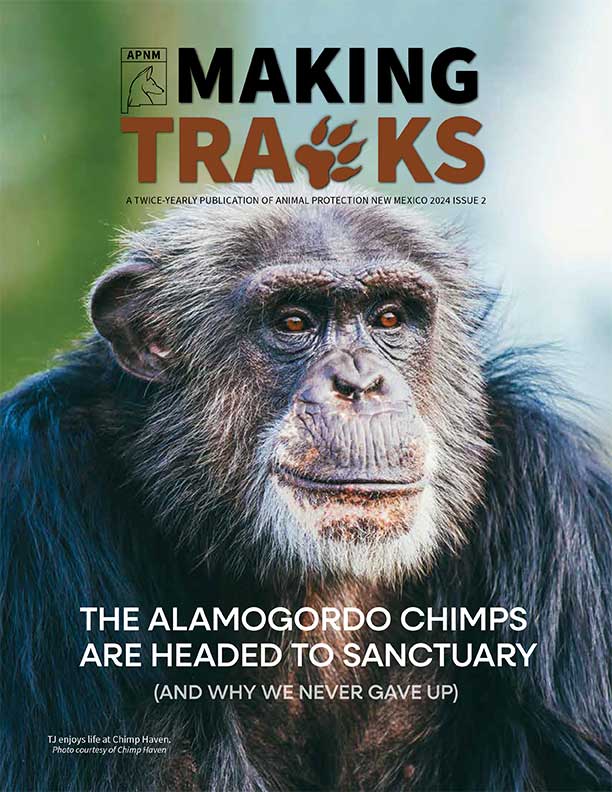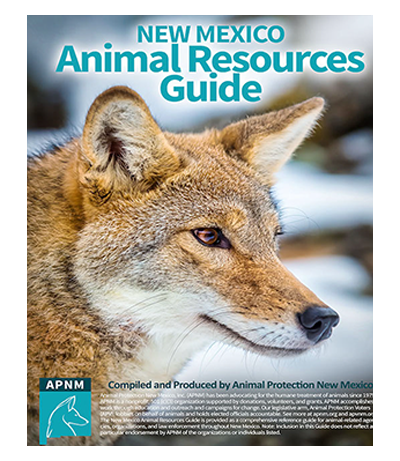
Cool Foods for Hot Days


“Burp! Oh, excuse me!” Cows and global warming
According to the Weather Channel, 2025 could be one of the hottest years on record. But what do cows have to do with this? Cows are ruminants, which means they ferment the food they eat in what is called a “foregut.” This allows cows to break down the cellulose in grasses and other forage, transforming it into usable energy. The problem is that a by-product of this digestive process is methane or CH4, which is emitted from cows in their manure, but more directly in the form of cow “belches.” Methane is a potent greenhouse gas that, once in the atmosphere, traps heat and contributes to global warming. Methane is 28 times more powerful than dioxide (CO2), which is emitted through the burning of fossil fuels.
How do other foods stack up?
People who are not ready to give up meat entirely often turn to fish and shrimp as healthier or more sustainable alternatives. The reality is that most commercially available fish and shrimp are farmed and pose serious threats to coastal environments.
Shrimp and fish aquaculture operations encroach on mangrove forests worldwide, which are home to many critically endangered birds and other animals.
Shifting our food choices toward plant-based sources, such as beans, lentils, fruits, vegetables, grains, and nuts, can have a significant impact on reducing heat-trapping gases in the atmosphere.

Cool as a cucumber!
Combat the summer heat by getting creative with cold vegetables, such as cucumbers. Oh, wait, the cucumber is technically a fruit since it has seeds inside and is grown from a flower.
Whatever you call it, cucumbers come in many varieties, such as garden, English, gherkins, and more. They are, of course, great for pickling, but make a great summer side, simply sliced and served with a bit of white vinegar, salt, and pepper. Throw them in a salad with tomatoes, chickpeas, red onions, parsley, and olives, topped with a drizzle of olive oil, vinegar, and lemon juice for a Mediterranean delight. You can also blend them up with garlic, basil, peeled apple chunks, lime, a little salt, and some unsweetened almond milk for a cool, refreshing cold soup. And, of course, you can always relax after a hot day with a couple of cold slices over your closed eyelids – cucumbers have anti-inflammatory properties.
Ice cube popsicles for grown-ups
Many of us remember the simple childhood joy of pouring orange juice into ice cube trays and sticking toothpicks in for a refreshing summer treat. Why not try a slightly more sophisticated silly summer tradition? In a blender, throw in watermelon chunks, mint leaves, zest of lemon, and a little salt. Pour into ice cube trays or other popsicle molds and freeze for 3-4 hours. If it’s time for an evening summer cocktail, add sliced strawberries, kiwis, and whole blueberries to your ice cube trays, cover them with water, and freeze. Add your fruity ice cubes to a cool summer beverage!


Burning for more ways to beat the heat?
We would love to hear from you! Help us expand our recipes page by sending your vegan favorites to: plantbased@apnm.org








